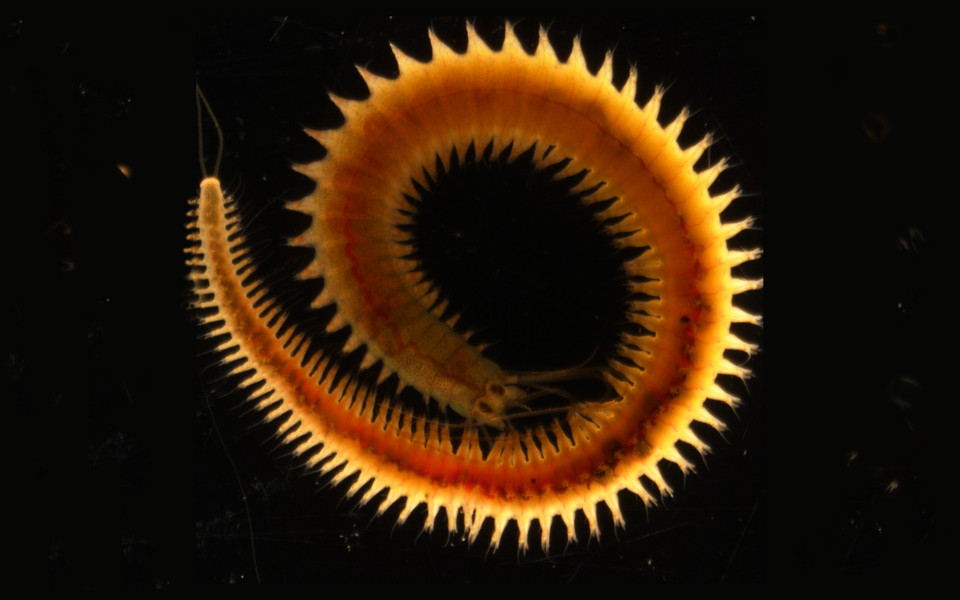
Balancing energy expenditure with energy storage is a key cellular decision, which requires the integration of diverse external and internal signals and is important both for humans and animals alike. The bristleworm Platynereis has a short lifespan, and needs to closely align its sexual maturation and reproduction to phases of the moon. The molecular endocrine mechanisms by which the bristleworm synchronizes external signals with energy metabolism have remained unclear.
A team led by Florian Raible and first author Gabriele Andreatta now found out that the hormone corazonin regulates the expression of enzymes that metabolize carbohydrates. In sexually mature animals, after feeding, and in specific lunar phases the hormone was upregulated. Worms in which the corazonin gene had been experimentally disrupted, on the other hand, showed delayed maturation, reduced growth, and slower regeneration. Molecular analysis revealed how mutant worms were more prone to store energy rather than using it for development and reproduction. Thus, corazonin signalling appears to integrate the worm’s maturation status, as well as information on the lunar phases and food availability, so as to decide on how metabolic energy is used.
Corazonin is part of a larger family of hormones called gonadotropin releasing hormones (GnRH). These are found in many vertebrates and even humans. In humans these hormones trigger puberty and are crucial for the timing of the monthly reproductive cycle in women.
Original Publication:
Gabriele Andreatta, Caroline Broyart, Charline Borghgraef, Karim Vadiwala, Vitaly Kozin, Alessandra Polo, Andrea Bileck, Isabel Beets, Liliane Schoofs, Christopher Gerner, and Florian Raible: Corazonin signaling integrates energy homeostasis and lunar phase to regulate aspects of growth and sexual maturation in Platynereis.
https://doi.org/10.1073/pnas.1910262116